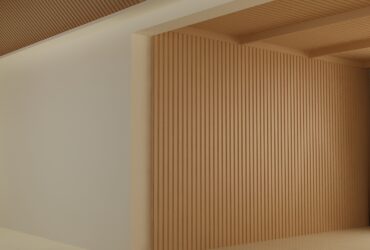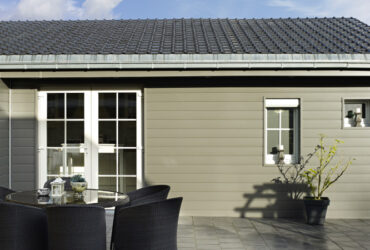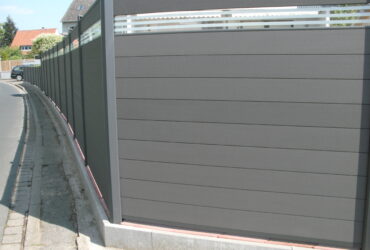Performance Of Double-layer Co-extruded Wood-plastic Composite Decking
The current limitations of wood-plastic composite products include the following aspects: the flexural elastic modulus and flexural strength are generally low or unstable due to fluctuations in recycled plastics; products are more prone to microbial erosion due to cost reasons; the use of different plastics and fibers The surface stability (including color) of batch-produced products is poor; the products have poor weather resistance and significant fading. The main research and development ideas to solve the above problems include: using better recycled modified plastics, surface treatment of wood fiber materials, and adding additives to significantly increase the cost of products to improve the weather resistance and mildew resistance of products. However, when the above measures are used to solve the defects of wood-plastic composite products, they are inevitably expensive and cannot be accepted by the market.
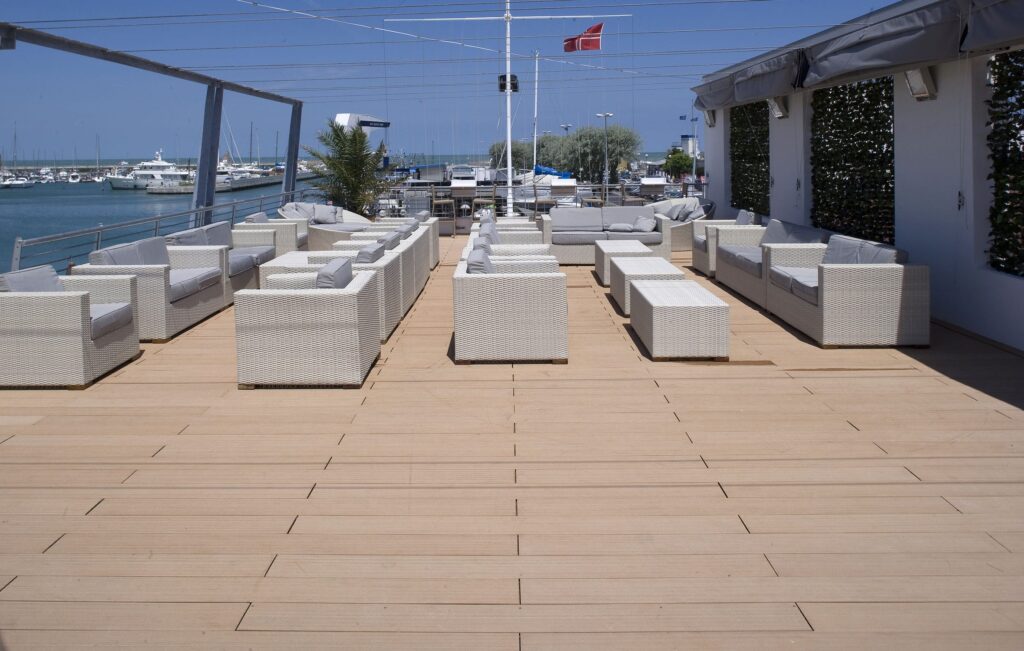
Some scholars use a double-layer co-extrusion method to prepare double-layer wood-plastic composite decking, using waste plastics with better properties as surface materials and waste plastics with slightly poorer properties as core materials.Then on this basis, we do not consider the weather resistance, mildew resistance, color and other properties of the core material, but mainly modify the surface material.The feasibility of this method was verified through various performance characterizations in order to obtain a cost-effective wood-plastic deck.
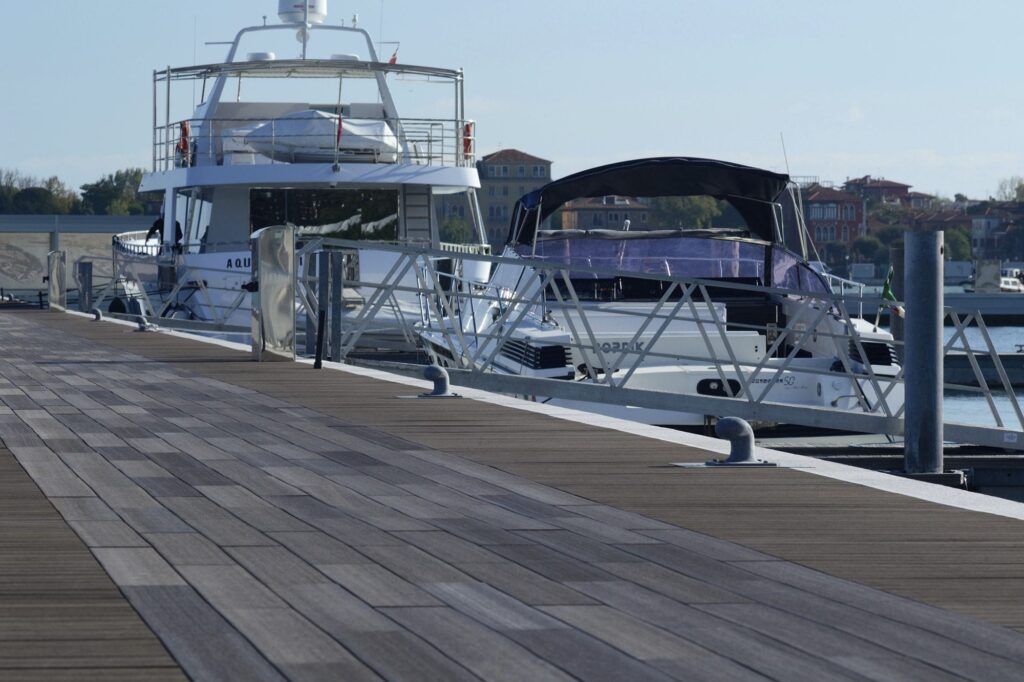
The results show that the tensile strength of the wood-plastic composite deck prepared by double-layer co-extrusion is 23.98 MPa, the bending strength and bending elastic modulus are 38.53 MPa and 3200 MPa respectively, and the bending failure load is 4300 N.Higher than the single-layer extruded wood-plastic composite deck (3 300 N), and its retention rate after the cyclic freeze-thaw test is 98.7%, and there is no cracking under low-temperature drop weight impact.The water absorption rate is 0.17%, the dimensional change rate after heating is 0.12%, and the oxidation induction period is 77.5 min, which is much higher than the single-layer extruded wood-plastic composite deck (15.4 min).Has better overall performance.The wood-plastic composite deck also meets the requirements of the Japanese wood-plastic deck performance test standards, effectively solving the problems of color, weather resistance, dimensional change rate, and fluctuation or poor bending performance caused by unstable batches of recycled waste plastics.It expands the utilization scope of waste plastics and has a high cost performance.

